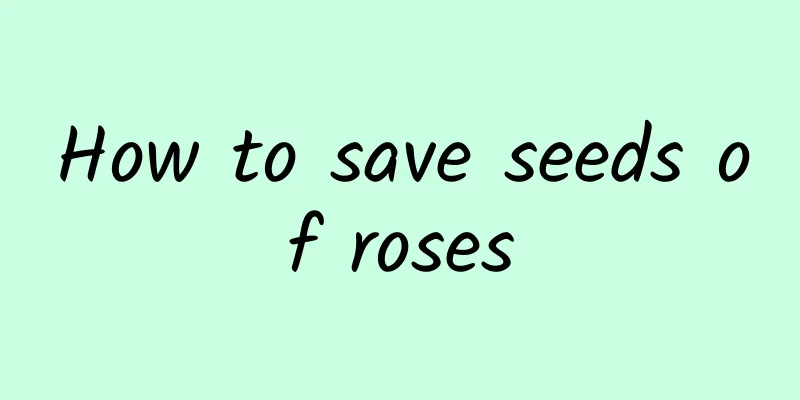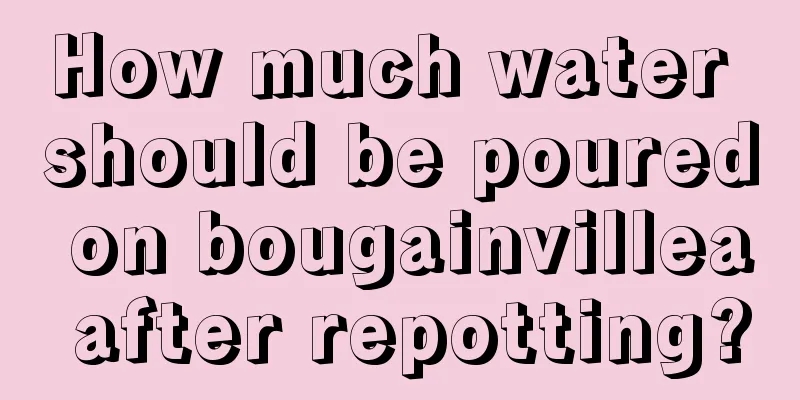What to do if the camellia leaves turn black and fall to the ground

1. Reduce moistureCause: When camellia leaves turn black and fall off, you can first observe the condition of the potting soil. If a large amount of water has accumulated in the potting soil, it means that you water it too much and the roots cannot absorb it. The water will accumulate at the roots, causing the roots to lack oxygen and be unable to breathe, and the leaves will naturally be affected. Solution: If you find that there is too much water in the potting soil, you need to find a way to drain the water and temporarily stop all watering. It is also necessary to cooperate with ventilation and enhance air circulation so that the moisture can evaporate as quickly as possible. 2. Dilution Fertilizer EffectReason: The application of fertilizer is also one of the reasons. If the amount of fertilizer is too large, the roots will find it difficult to absorb it normally, which will cause excess nutrition and the roots will rot. If the fertilizer concentration applied is too high, it can also cause root burn. Solution: Apply fertilizer correctly at ordinary times, do not apply too much fertilizer at one time, pay attention to the concentration, and do not use raw fertilizer. When the fertilizer concentration is too high, it needs to be diluted by watering in time. 3. Prevention and control of pests and diseasesCause: The camellia leaves may turn black and fall off because they are infected with pests and diseases. For example, anthracnose will cause black spots to appear on the leaves, and pests such as scale insects will suck the juice and cause the leaves to turn black. Solution: If you find such diseased leaves, you need to remove them in time to avoid infecting other leaves. And according to the symptoms, spray the medicine accordingly. |
<<: What to do if the new leaves of camellia die
>>: What to do if the leaves of camellia shrink after being potted
Recommend
Are gentian and gentian grass the same? How to propagate them?
1. Are they the same? Gentiana is the same as gen...
What medicinal materials are suitable for growing on loess soil? What are the most cost-effective precious medicinal materials grown on loess soil?
Medicinal herbs grown on loess soil should be sui...
Peach Blossom Varieties
Five-color peach Also known as the golden peach, ...
Jiangxi vegetable varieties and pictures What are the specialty vegetables in Jiangxi
Jiangxi has a relatively good natural environment...
How to grow mint flowers and precautions
Mint flower growth habits Mint flowers prefer a w...
Can hibiscus be pruned in autumn? (When and how to prune hibiscus)
Is it okay to prune hibiscus in autumn? The pruni...
Spring grass cultivation methods and precautions
1. Maintenance conditions 1. Light: It prefers to...
Flowering management and appreciation of Songmei
Flowering period and management of Songmei Songme...
What flowers are good for Feng Shui at home: Eight kinds of plants that bring wealth and prosperity to the home!
1. Smooth sailing "Smooth Sailing" is a...
The fastest way to solve pig heat stress
Pigs are warm-blooded animals with thick subcutan...
How to grow lilies
Lily growing conditions Lilies like a warm enviro...
How to grow potted crabapples
1. Soil When breeding, you can use a mixture of r...
What trees are suitable for planting in parks?
The tree planting in the park should be arranged ...
Anyone who has waste bottles, please give them to me! Use it to grow flowers, and the green radish will grow into a "green leaf column"
Today Huahua is going to introduce another little...
What diseases does zinc thiazole treat?
Thiazole zinc is a thiadiazole organic zinc fungi...









